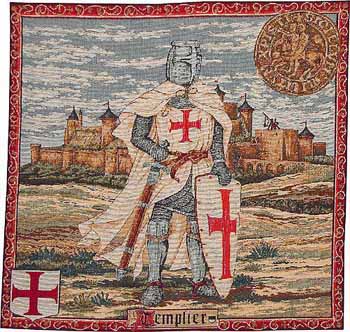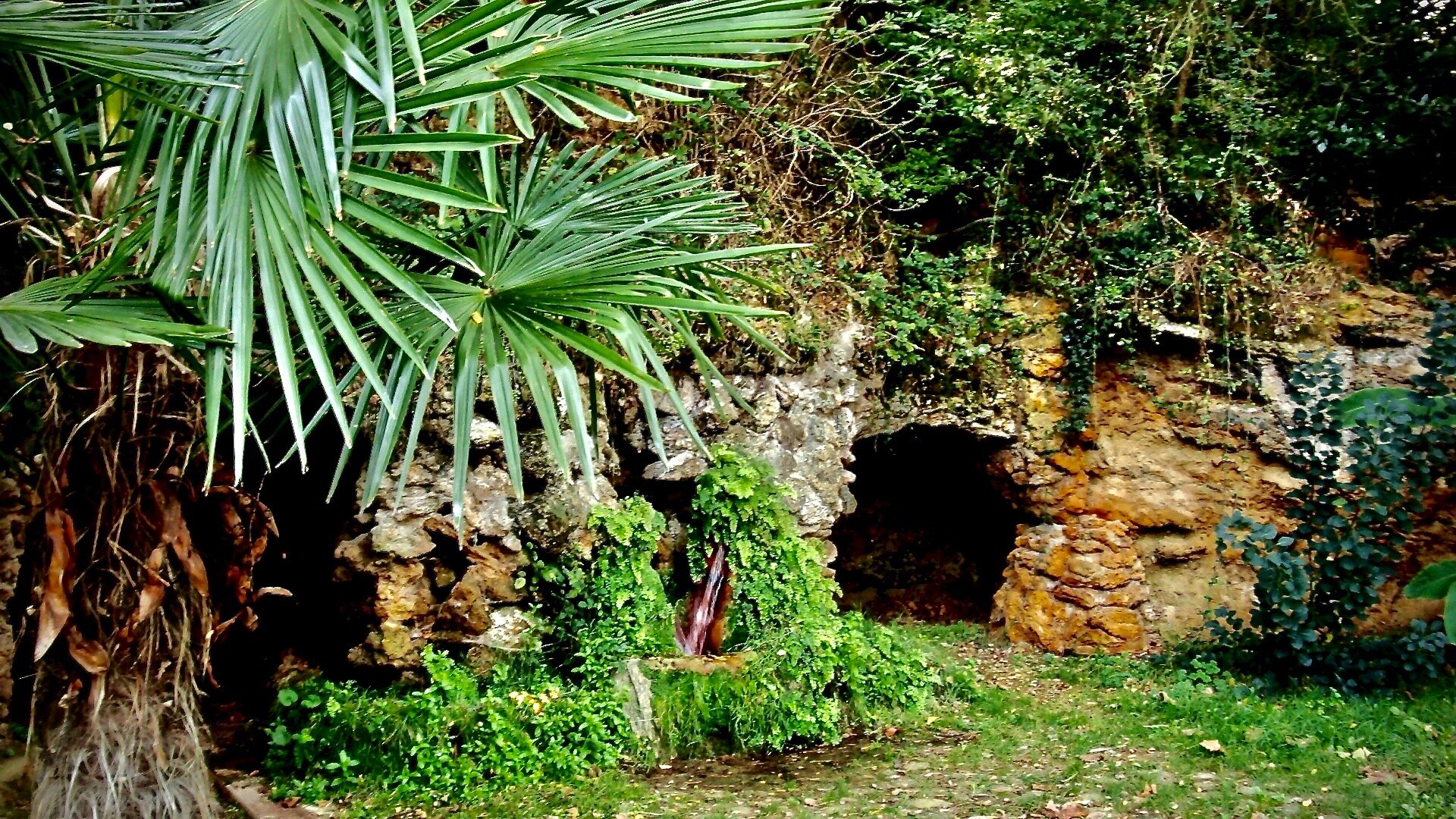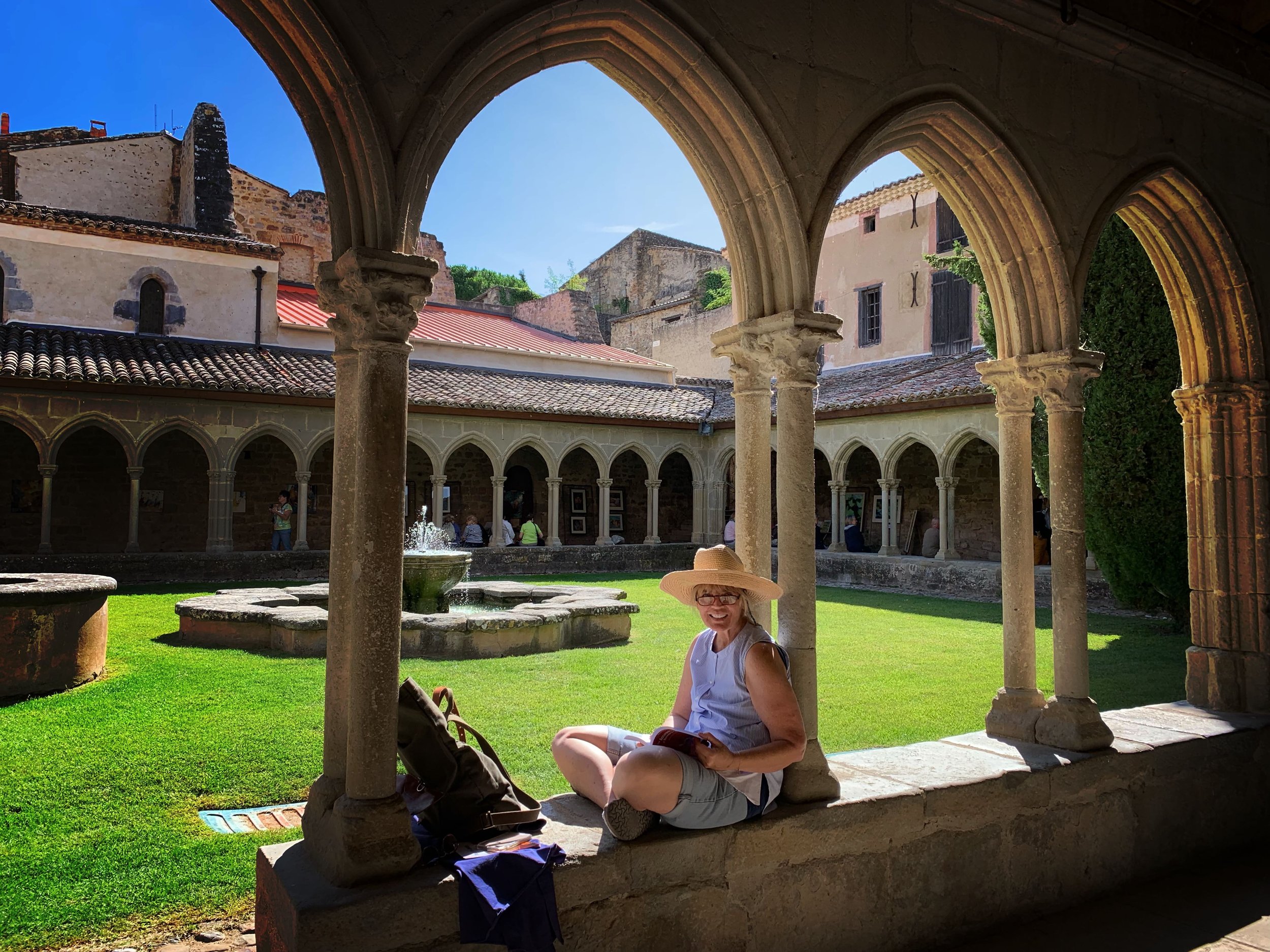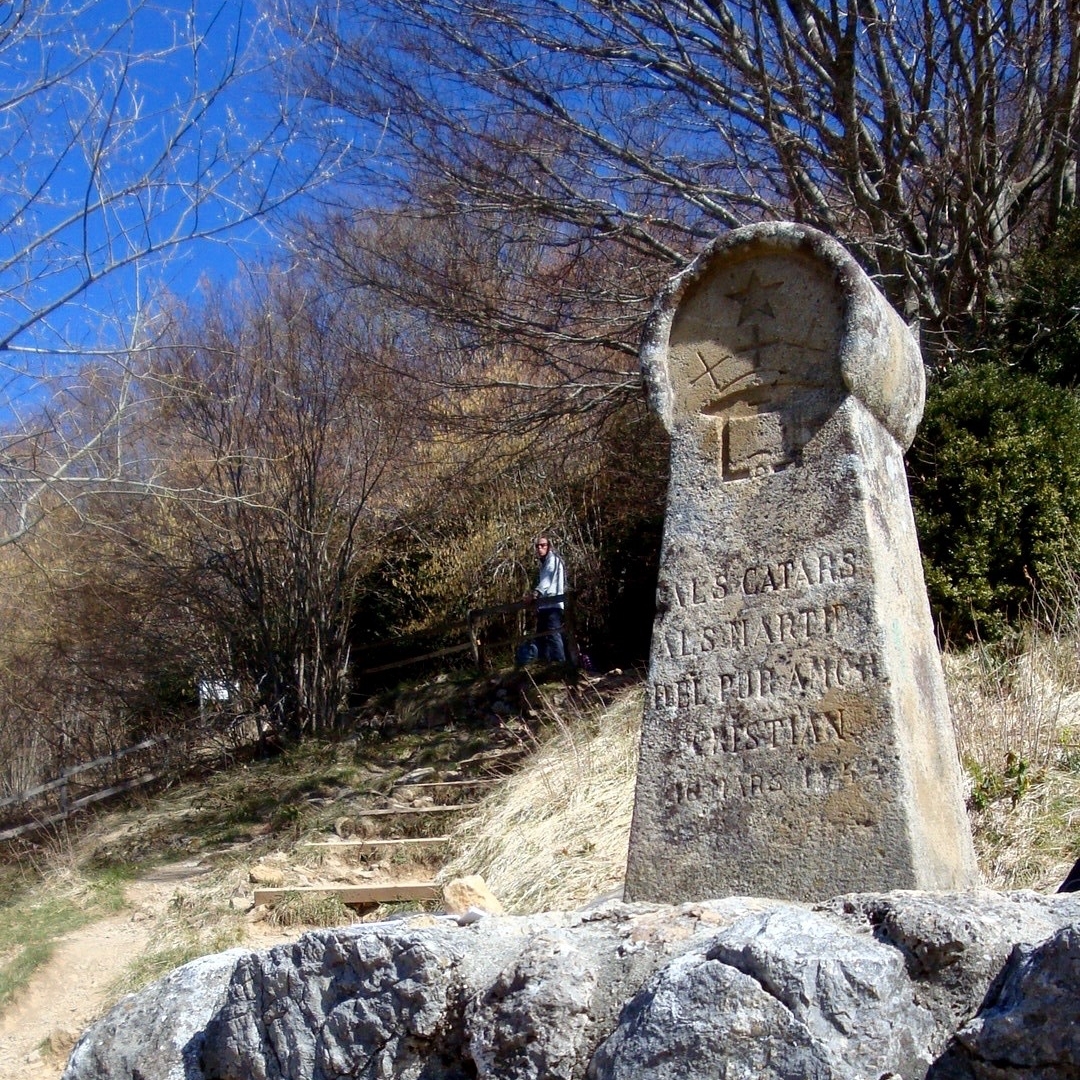The Knights Templar
In 1090, the first Crusade wrested control of the Holy Land from the Saracens. Less than twenty years later, nine knights from Burgundy in France turned up in Jerusalem. The knights informed the king that they were there to protect the highways for the safe passage of pilgrims to the sacred places of Christianity. Welcomed by the king, he gave the new Knights "Templar" as their home a part of his palace on the Temple Mount. (For present day visitors to the Holy Places, what was their home has now become the women’s wing of the El Aqsar Mosque … easily visitable for ladies but, of course, now out of bounds for men.) Because the Temple Mount was their home, these nine knights became known as the ‘Knights Templar’.
The first mystery surrounding the enigmatic band of Templar Knights is that there is no record of them having protected anybody. For nine whole years, the Knights appear to have done nothing more than clear the vast area under the Temple Mount, which is known as the Stables of Solomon. In 1127, they returned to France, apparently reporting to Saint Bernard of Clairvaux that “their task had been accomplished.” St Bernard then gave them the Templar ‘Rule’ – the Regulations for how they were to live as monks having taken the vows of poverty, chastity and obedience … but also as soldiers – forbidden to retreat unless the odds were more than three to one.
Within less than a decade, the band of fighting monks called Templar became the richest and most powerful organisation in Christendom. And we still benefit from their innovations. They introduced us to banking, for instance … and brought the game of chess to Europe.
For almost two centuries they were an independent power – owing no allegiance to any king or bishop. The Templars answered only to the Pope. This made the Temple Knights a potential threat to the King of France on whose land they held many commanderies … and he owed them money! So in 1307 the French king mounted the first example of a modern ‘security operation’. Sealed orders were issued to all the governing Seneschals throughout France - orders to be opened and acted upon simultaneously throughout the country. At dawn on 13th October they were to arrest all the Templars on their territory. It was a Friday – and we still consider Friday the Thirteenth to be an unlucky day, though we may have forgotten why, it was unlucky for the Templars.
Learn more about the Knights Templar and the story of Friday the 13th
in this historical visionary fiction epic by Allysha Lavino.
The Templars of France were arrested and tortured. Although they were well-known to have fought and died valiantly in the name of Christ, the Knights were forced to confess to many strange charges. ‘That they denied Christ’ – ‘that they spat and trampled upon the Cross’ – ‘that they taught women how to abort’ – ‘that they indulged in un-natural sex practices’ – ‘that they worshipped a bearded head which gave them strange powers’.
Elsewhere in Europe the Templars were able to continue in one form or another. For instance, in Portugal they merely changed their name. It was the Templar Cross that Columbus displayed on the sails of the Santa Maria!
The order of Knights Templar was finally disbanded and their last Grand Master, Jacques de Molay, was burned in Paris on March 18, 1314.




























